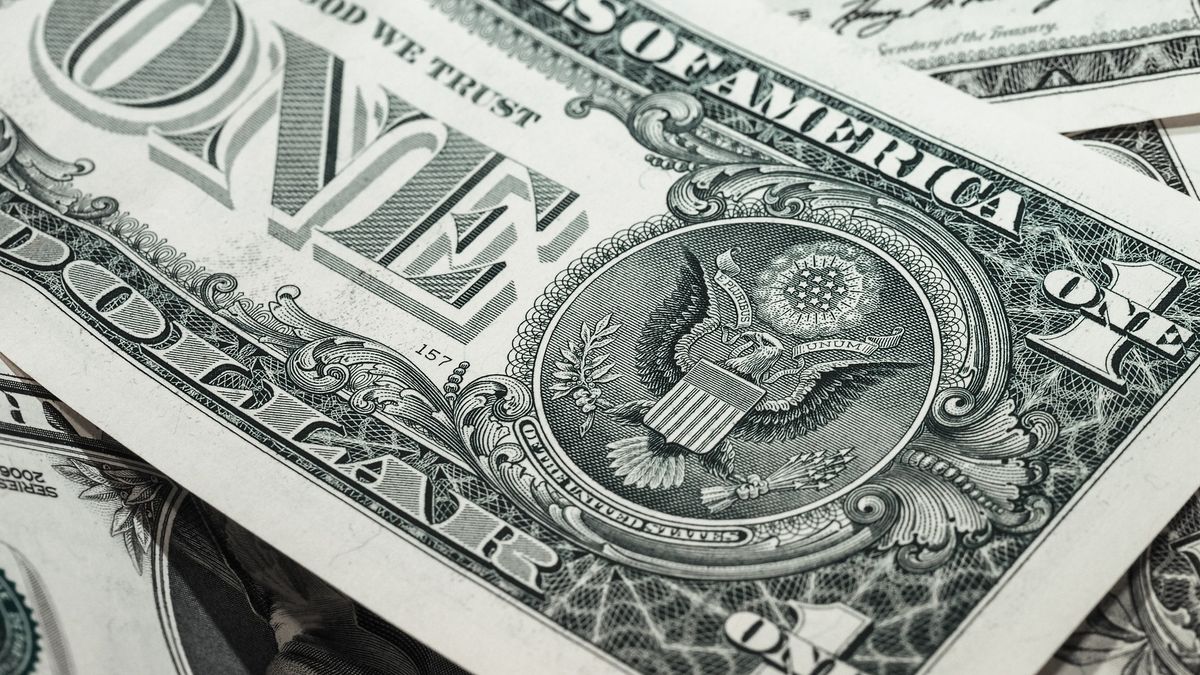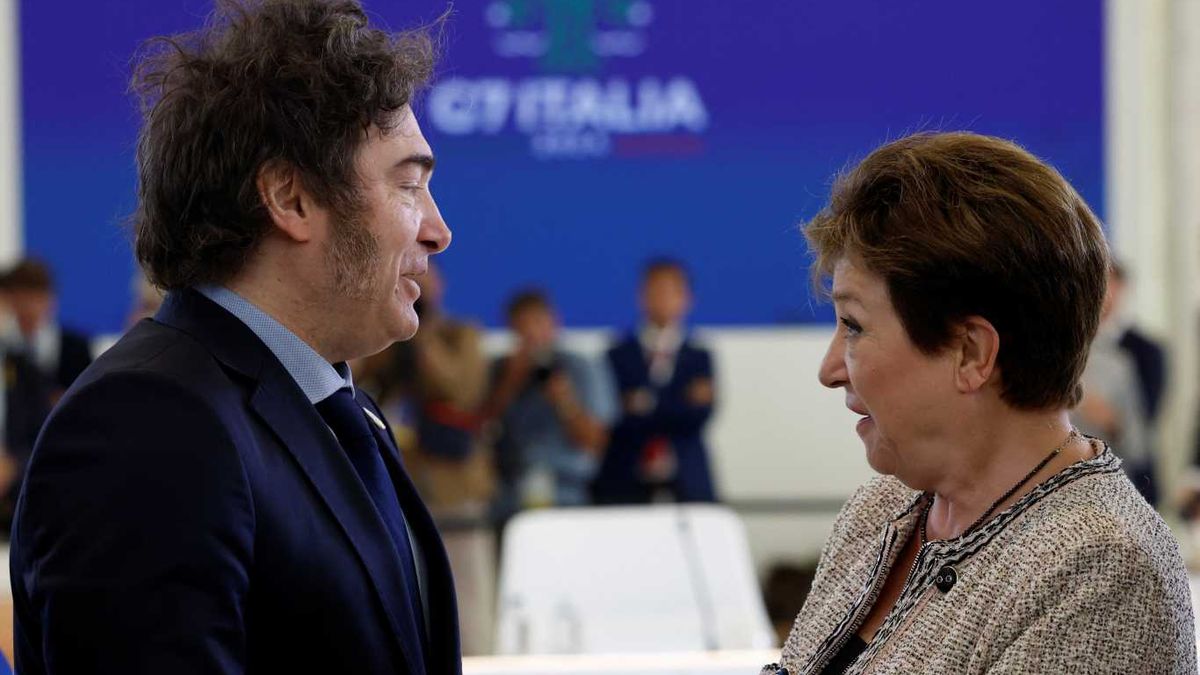While, the MEP dollar -also valued with the Global 2030 bond- fell 0.8% to $195.72, leaving a spread of 80.25%.
“In coordination with the Central Bank and the Ministry of Economy of the Nation” the lifting of the obstacles adopted by means of general resolutions 907 and 911, which, as highlighted by the agency, had been issued in response to “exceptional circumstances and with a transient”.
The confirmation of the good news for savers came through general resolution 923 of the National Securities Commission (CNV) published on Saturday in the Official Gazette.
The rule repeals general resolutions 907/2011 and 901/2011, which set a weekly quota of 50,000 nominal for the operations of the Settlement and Compensation Agencies (ALyC), mainly arranged with AL30 bonds.
However, as they clarified from the BCRA, “the rule that requires operating against a bank account is maintained”, so that the funds must leave and return to a bank account.
The economist Gustavo Quintana pointed out that “a greater calm has been observed in the wholesale market from the acceleration of the ‘crawling-peg’ and the successive rises in rates, and thus the ‘gap’ is being reduced, even at high levels. Financial dollars also continue to contribute, having deflated 10% from the maximum, in the face of growing bets on the ‘carry-trade’ in search of taking advantage of the period of exchange tranquility.
In February, stock prices had fallen by 10.1% ($22.43), in the case of the CCL, and by 8.5% ($18.17), in the case of the MEP.
For his part, the blue dollar rises this Tuesday, March 8, 2022, after closing without changes in the previous wheelaccording to a survey carried out by Ámbito in the Foreign Exchange Black Market.
After falling $10 in the short last week, in what was its biggest weekly drop in more than 15 months, the parallel dollar has remained at $201 since Monday.
This way, the gap with the officer operates above 85%, minimum from September 2021.
The uncertainty prior to the announcement of an understanding between Argentina and the IMF over the debt had caused the blue dollar to skyrocket, reaching $223.50 on Thursday, January 27, its nominal historical maximum so far. Since then, he accumulates a low $23.
official dollar
The dollar today – without taxes – rose 25 cents to $113.94, according to the average in the main banks of the financial system. In turn, the retail value of the currency at Banco Nación amounted to 50 cents to $113.50.
The Central Bank (BCRA) bought US$300 million, with which so far in March it accumulates a balance of US$400 milliona fact that may encourage expectations of an incipient recovery of reserves in a scenario of less tension on the market due to the diffusion of the principle of agreement with the International Monetary Fund.
The The purchase of this wheel represents a management record, exceeding 279 million on March 31, 2020, prior to the application of Resolution 7030which restricted the purchase of dollars to companies that have foreign currency declared abroad.
From the market, they point out that this positive balance on the part of the BCRA occurs in a context that may be under the influence of different situations: fear of increased withholdings or a context of greater calm in relation to the presentation of the agreement with the IMF in the Congress. In addition, they indicated that another additional factor may be the recent rate hike.
The market also operates attentive to the legislative debate of the country’s agreement with the IMF. The Argentine Minister of Economy, Martín Guzmán, presents this afternoon in the Chamber of Deputies the guidelines of the understanding of the pact to restructure some US$45,000 million, whose approval is not guaranteed because the ruling party needs the support of the opposition.
“There is a certain care in traditional investors in what has traditionally been Argentina’s compliance with certain fiscal goals,” said Antonio Aracre, an analyst at Syngenta. He added that “investors in general are pessimistic by nature about these things and will first want to see that the goals can be met and from there see how much the bonds recover and therefore how much the country risk can be reduced.”
The new agreement, which has yet to be approved by Congress and by the international credit institution, establishes that the payment period for each disbursement is 10 years, with a grace period of four and a half years, so that the country it will start paying off the debt in 2026 and end in 2034.
For its part, the conflict in Ukraine triggered a rise in international oil prices, which reached their highest level since early 2008, fueling fears of higher inflation and lower global economic growth.
In this context, the currency operated this Monday with its price crystallized around the official regulation values set for today. Prices settled from the start at the level proposed by the hunting authority and remained unchanged throughout the day.
Highs at $108.45 and lows at $108.44 once again signaled the narrow range of prices on a day marked by the strong presence of supply in the market. Income from abroad oversupplied the authorized purchase orders and also gave room for a significant intervention by the Central Bank. Official purchases absorbed all the surplus currency available in the sector where banks and companies operate, also determining a new floor for the price around the minimum.
It should be remembered that the monetary authority accumulated a negative balance of some US$190 million in February. It was the fourth month in a row with a negative result.
Source: Ambito
David William is a talented author who has made a name for himself in the world of writing. He is a professional author who writes on a wide range of topics, from general interest to opinion news. David is currently working as a writer at 24 hours worlds where he brings his unique perspective and in-depth research to his articles, making them both informative and engaging.




